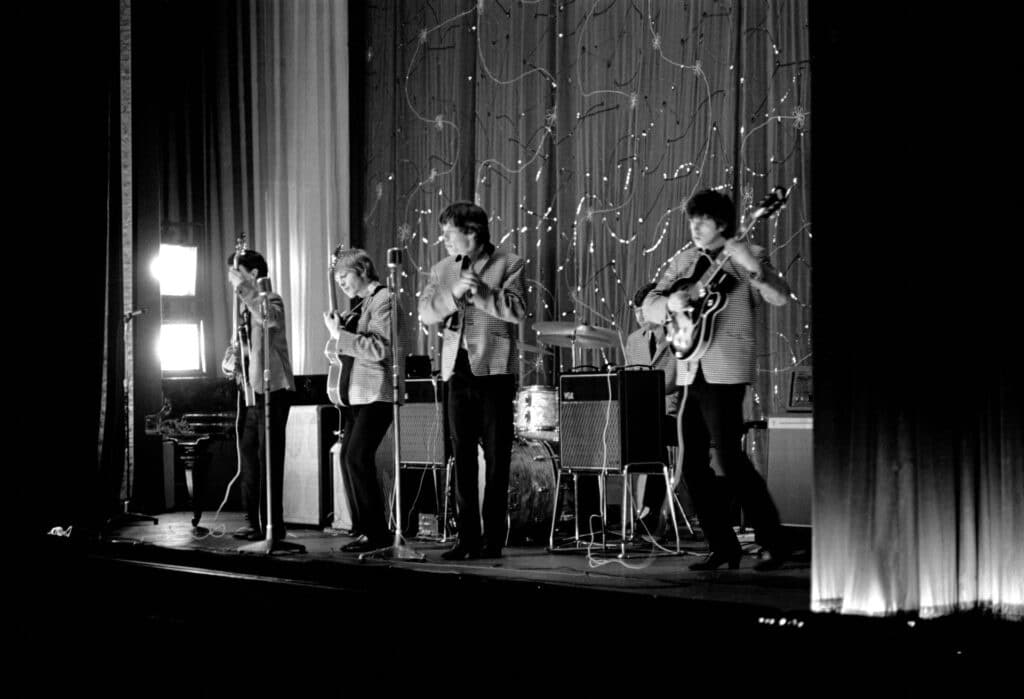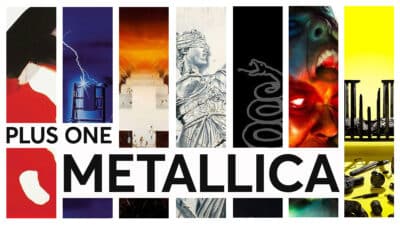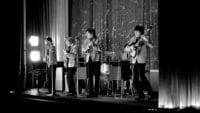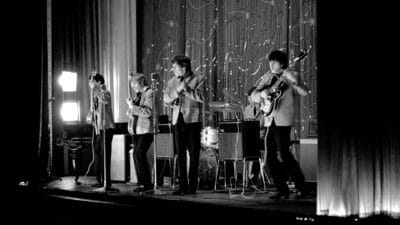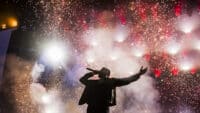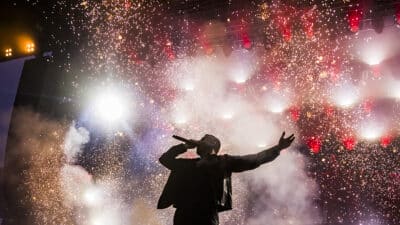Interview
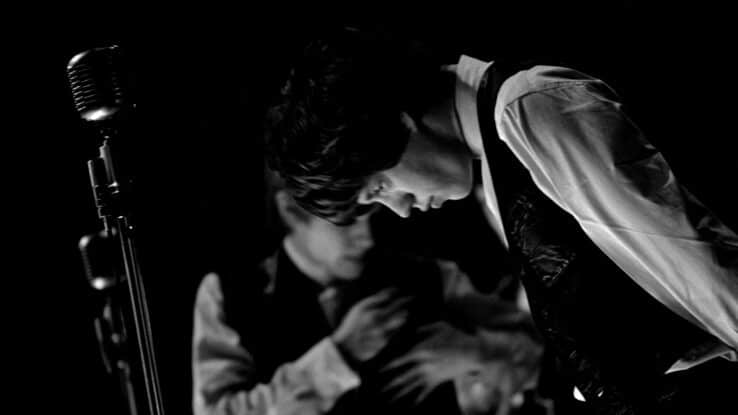
Interview
Rolling Stones Unseen: “My motivation was to record something that wouldn’t happen again”
With the exhibition showing now in the capital, Gus Coral explores his memories of documenting the cultural behemoth in their infancy
“My attitude in life, the attitude of those times, was being cool,” recalls Gus Coral over the phone. His stringently hip attitude mirrored that of the British jazz scene throughout the 60s – sharp-dressed and stiff-upper-lipped. But the young photographer’s unflappable nature put him in good stead when he was up-close-and-personal with a band who would soon become the world’s biggest: The Rolling Stones.
His experience with the group is the subject of new exhibition, Rolling Stones Unseen, a collection of photographs unearthed from a period of time before The Rolling Stones became the globally renowned music magnates. In 1963, they were budding blues musicians, driven by both a desire to pay homage to the American musicians they idolised, and to take their own iteration of the blues to a country that only knew via vinyl. Gus Coral was there to capture it.

Mick Jagger, Keith Richards, Brian Jones, Bill Wyman and Charlie Watts were offered the chance to support rock ‘n’ roll and blues greats in Little Richard and Bo Diddley during a stint in the UK. As history tells us, they took it. “It was fabulous. I was really very happy to have seen them perform,” Coral gushes. “I was huge fans of them both.” At the time The Rolling Stones weren’t well known outside of their ultra hip London scene, though Coral recognised their potential. The Stones’ electric performances put them on the proverbial map, with Coral venturing to Cardiff to catch the moment on film.
With Rolling Stones Unseen on now until the 12 September 2025 at London’s Dockside Vaults, we talked to Gus Coral about his memories of documenting the cultural behemoth in their infancy:
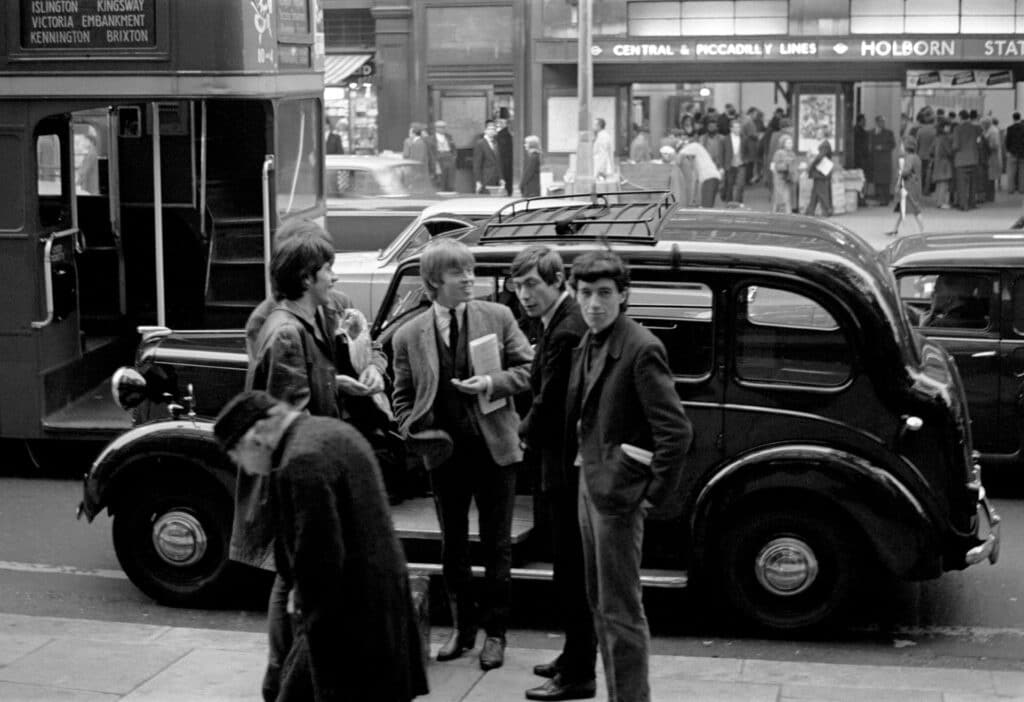
After all these years, why was now the right time to put these photos out into the world?
There are a couple reasons. When I first shot them, I was working with a couple of friends of mine: Dick Fontaine and James Miller. James Miller passed away some time ago, and Dick Fontaine, who was my closest friend from university, passed away a year ago. It was in memory of them, to some extent.
How did you first hear about The Rolling Stones?
When I first heard them? I’m not sure. But we were kind of working together in a loose way, because Dick was a film-maker and I’d made a couple of films as a teenage photographer, and James was our designer. We were asked who was going to be the big band of next year, and we’d all seen The Rolling Stones by that point. We got there via jazz, with the Stones being a blues band then, of course. We were all lovers of the blues. We decided they were going to be the next big band. We knew they were going on tour, and that we could catch them in Cardiff. It was the nearest show we could catch them at. That was fortunate, as far as I’m concerned, as that’s when they supported the American artists. It was a perfect storm, so to speak.
Did you have any inkling that they’d evolve into a generational talent?
Not quite, I don’t think anybody could have known that at the time. But we certainly thought they were going to be up there.
Was this the first time you’d photographed musicians?
I think it was. My photography philosophy at that time was very much fly-on-the-wall, to not interfere and let them get on with what they were doing. Just squashed against the wall capturing them.
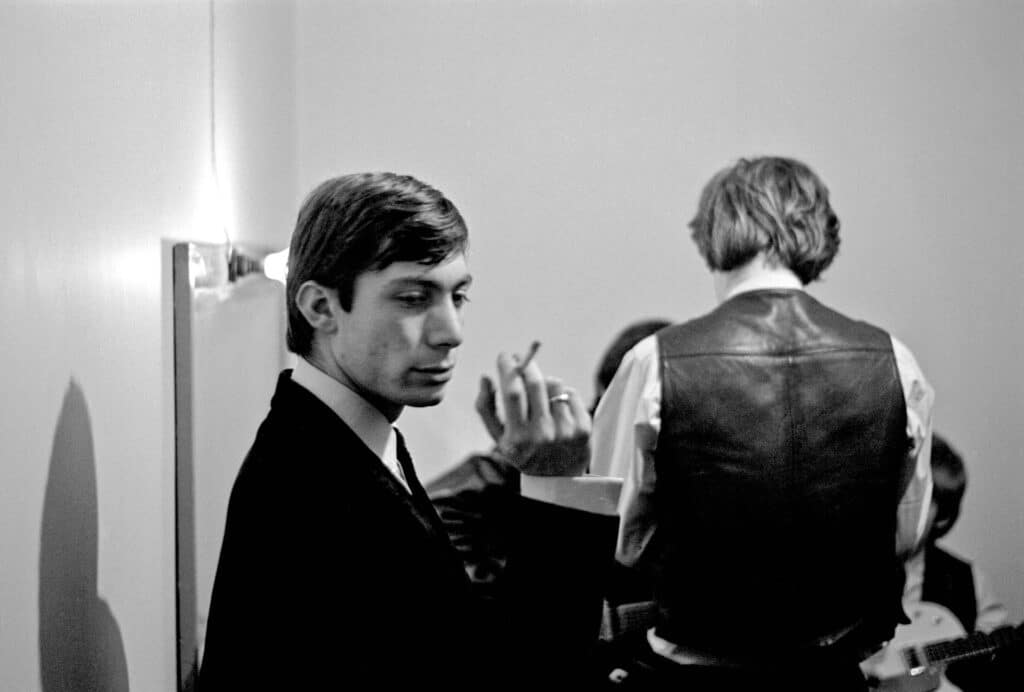
Your photos capture the band’s rawness and exuberance.
There was a seriousness as well. They were serious musicians. They weren’t shy on camera at all. They appeared to be, and perhaps you can see it in the photos, quite comfortable.
Mick Jagger became a music icon because of the swagger he embodied. Was there a magnetism to him, even then?
Yes, there was. Certainly was. Of course, I was kind of in awe of them. Even though I was slightly older than them. I appreciated their music so much that I was in awe of being around them. If we’d continued a relationship of any sort with them it would’ve been with Charlie.
Who appeared to be the driving force of the band?
It seemed to me that they were fairly equal, amongst themselves. When I first met them, it was at the Capitol Theatre in Cardiff. They weren’t there, they were in a café around the corner. When I met them, they were discussing their dress code for the concert. They were being asked to wear houndstooth jackets, but were more in favour of wearing their street clothes. This is something that pleases me: they were more interested in the music than the show. They were feeling their way into being showmen on their first tour. There were signs – particularly of Mick Jagger and his swagger. Charlie was cool. They had different characters, which is a great thing in a group.

What memories do you have of watching them perform on stage?
I was busy photographing. They were in a line up, each with a microphone. Mick was on the mic the entire time and didn’t stray much away from it. You could see the beginning of his moves, his very particular movements. What I remember most is the fans waiting outside of the venue when we left. I took pictures of them. They were all housewives, oddly. The screaming girls hadn’t started yet. But it was a lively audience, they were appreciative.
Is it true that the photos were left under your bed for decades?
It is true. It was one of my children who said ‘you know those photos under your bed, shouldn’t you do something with them?’ He was quite old when he said that. I didn’t at the time however. I gave some to my friends. It wasn’t something I really thought about. I’m a filmmaker as well as a photographer – I’ve driven through India, I’ve driven across the United States several times. I’ve led a very busy life. To me, they were just one of the things I did. I always thought of the photos as being historical. That was my motivation for filmmaking, to record something that wouldn’t happen again.
Why would you encourage people to come to Rolling Stones Unseen?
They’ll be able to absorb a little bit of how it was back then. To experience it, to feel what it was like. One of the reasons we went to Cardiff was to make a film, though it didn’t happen. With the photos, I think we achieved that feeling anyway.
